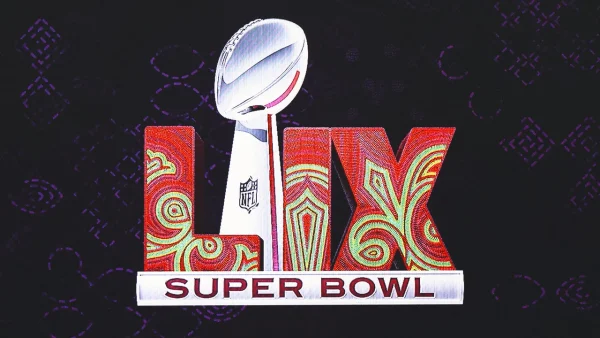Fashion Industry Secrets! Gucci, Supreme, Vuitton Reveal Methods for Making Iconic Clothing
Power, fame, money: high-fashion brands say all of these things and more. Many customers and admirers alike wonder how these designers and companies rise to prominence in the cutthroat world of designer clothing, and how they create their distinct aesthetics and “looks.” For the first time ever, executives from each of these companies are coming together to reveal the process for designing, editing, and manufacturing the world’s most sought-after outfits.
“Goblins,” Gucci executive Geoffrey Albatross II said. “We source them from the natural goblin caves scattered throughout Florence, Italy. They work tirelessly day and night to produce the year’s most runway-worthy apparel, and only a few of them perish in the process.”
The goblins, who are paid only in raw chicken and the occasional human soul, are more than happy to lend their designs to the Gucci name. They are in charge of everything from rough sketches to sewing to mass producing–everything, in fact, except marketing.
“We tried to let them build the website themselves, but they hissed every time the light from the computer screen became too bright. We couldn’t get Goblin Chief Rogrek to scuttle out of the shadows for a week after those incidents” Albatross said.
Gucci isn’t the only brand that uses unorthodox–but super cool!–methods of production. Supreme, the brand worn by influencers and streetwear aficionados everywhere, also does their work in a special way.
“Yeah, yo, we just throw darts at random objects and blank t-shirts, and wherever they stick, we slap a Supreme logo,” Bryan Rice-Gumme, CEO, said. “One time the dart I was throwing missed the shirt and hit an assassin sent to take me out. We put a logo on his nunchucks and sold ‘em for $850.”
Rice-Gumme has survived over thirteen attempts on his life, and, during the interview, was tackled by three Dior warriors set on taking him down. He survived after a brief and bloody combat, ignoring the arrow stuck in his chest to finish the interview.
What can you say about fashion icons? They’re persistent!
The final brand on this luxurious list is Louis Vuitton, a brand started by Vuitton himself in 1854. Jane Rickmont, current COO of LV, told us the process behind creating each season’s lineup–and how the company keeps everything sustainable.
“Louis Vuitton is actually still alive. We keep him locked in the Louis Nest, and he slides new designs out from under the door every few months,” Rickmont said.
How was Vuitton himself still alive and working after over 165 years of working for the same company? The answer was surprising.
“Each and every Louis Vuitton product we make draws a tiny bit of the wearer’s life force out and funnels it into Louis himself. It keeps the brand consistent, and sustaining a brand that people have come to know and love is what we care about here at LV,” Rickmont said.
While other companies use factory labor to produce their clothing, companies like these choose the road less travelled. Their processes may not be what we expect, but they’re all unique and genius in their own ways. The extra steps these companies take separate high-class brands from no-name clothes.
“Gucci believes in empowering its wearers, so that they can look fierce and classy in all moments of their lives. Unfortunately, the goblins have been feeling more empowered, lately, leading to more uprisings. Every good job has issues!” Albatross said.






